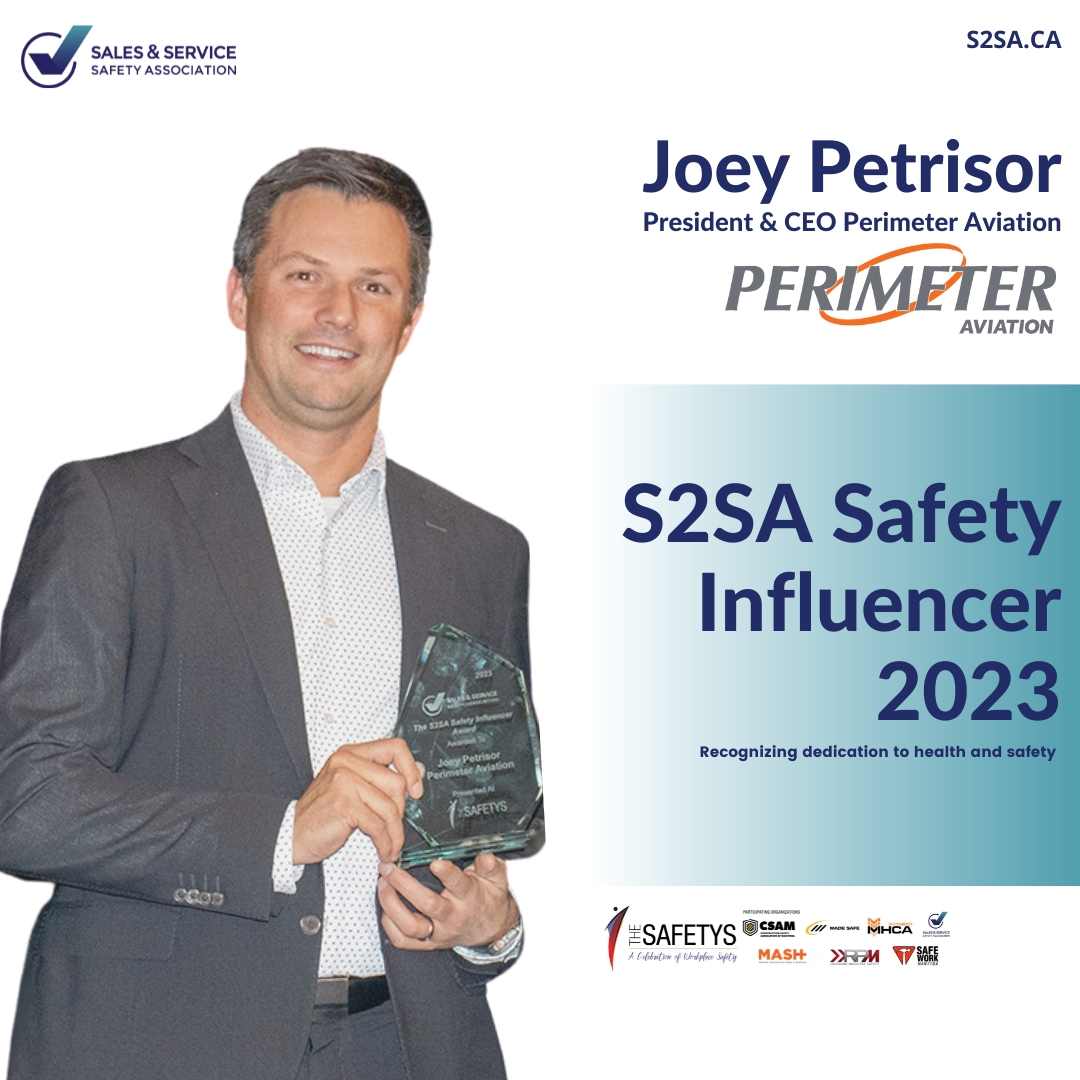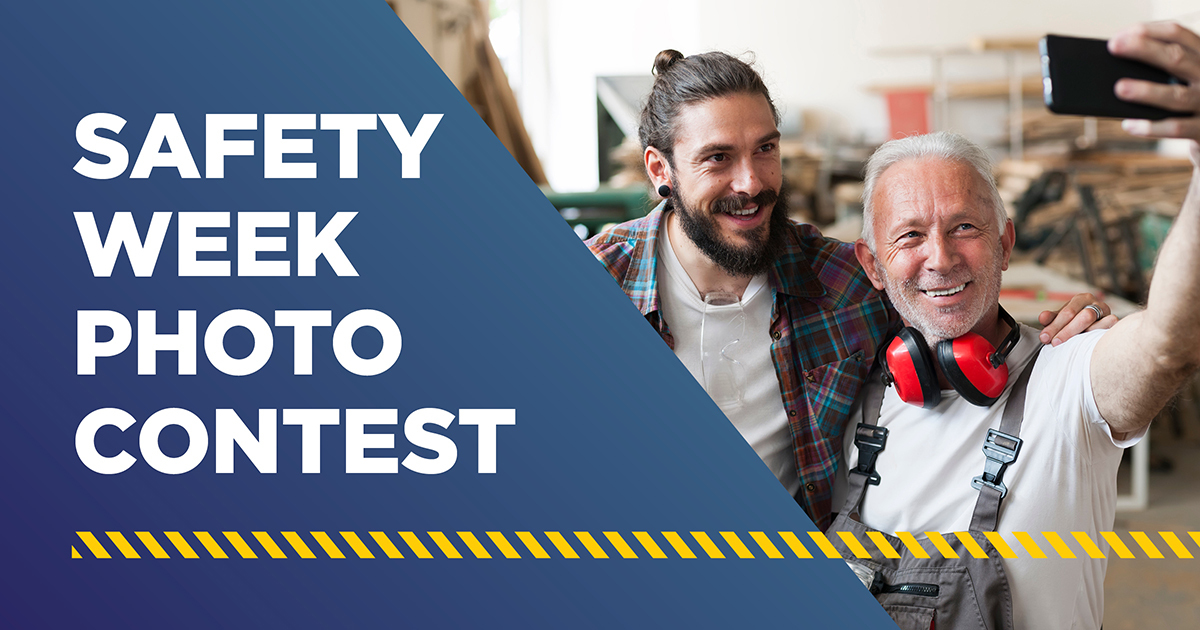October is Global Ergonomics Month! It’s an international campaign to raise awareness of ergonomics and musculoskeletal disorder (MSD) hazards in workplaces.
Ergonomics is the science of matching work tasks to the body, i.e. “fitting the job to the worker”. Good ergonomics improves efficiency, productivity, health, safety, and comfort, and reduces the risk of musculoskeletal injuries (MSIs).
What are MSIs?
Musculoskeletal Injuries (MSIs), also known as Musculoskeletal Disorders (MSDs), are injuries or disorders of the muscles, tendons, ligaments, joints, nerves, blood vessels, or related soft tissues. Injuries can include sprains, strains, inflammation, and more.
They can be caused by:
- Poor working postures,
- Excessive physical and cognitive demands of the worker,
- Work set up including improper work heights, reaching zones, lighting, temperature in the environment,
- Tasks such as reaching above shoulder level, rotating arms, bending wrists, and prolonged sitting,
- Duration, frequency, work rate, and scheduling of tasks.
The Danger:
- Chronic pain, aching, fatigue, and weakness persist at rest,
- Inability to perform light duties,
- Pain, weakness, swelling, burning sensation, or ache over the affected area,
- Drastic effects on mental and physical health, as well as impact on the lives of the workers family,
- Time loss and long-term Workers Compensation Board claims.
MSIs are one of the most common injuries experienced in almost any type of work. They made up nearly 38% of all injuries reported by Manitobans to the Workers Compensation Board of Manitoba (WCB) in 2017.
What Can You Do?
There are three considerations which all work together to create a safer and more comfortable work experience. They include the interaction between:
- The worker – eg. human characteristics and capabilities
- The environment – eg. temperature, lighting, physical layout and surroundings
- The tasks – eg. pace of work, how it is set up and organized, use of equipment and tools
What Employers Can Do:
- Assess the ergonomics of your workplace,
- Use job design and design work environments to suit each task and worker,
- Use job rotation to avoid repetitive work,
- Teamwork can provide a greater variety and more evenly distributed muscular work,
- Train employees on safe lifting techniques,
- Provide, train for, and encourage use of ergonomic equipment such as carts, lifts, adjustable chairs, anti-vibration gloves, etc.,
- Provide frequent breaks.
What Employees Can Do:
- Perform tasks close to your body,
- Position your work and equipment to keep your gaze straight ahead,
- Work with your wrists in a strong, natural position,
- Avoid leaning and stretching forward to reduce stress on your lower back,
- Use teamwork when possible. It can provide a greater variety and more evenly distributed muscular work,
- Use safe lifting techniques,
- When possible use carts, lifts, or rollers to move materials,
- Properly use ergonomic tools and equipment,
- Improve your posture by taking the time to adjust your body and adjust the load or equipment you are using,
- Include micro breaks in your tasks for body recovery and fatigue prevention,
- Take breaks from long periods of sitting,
Risk assessment
Contact your S2SA advisor or email [email protected] for information on our ergonomic assessments.
If you’d prefer to assess your workplace yourself, SAFE Work Manitoba has a handy Ergonomic Assessment Checklist:
Related Ergonomic Topics:
- msdprevention.com – Happy and Healthy at Work Poster
- SWM – Ergonomics for Retailers and Offices Poster
- SWM – Safe Manual Lifting
- SWM – Adjusting Office Workstations
- SWM – Hazards of Seated Posture
- SWM – Office Ergonomics – Neck and Shoulder Hazards
- SWM – Office Ergonomics – Arm and Wrist Hazards































